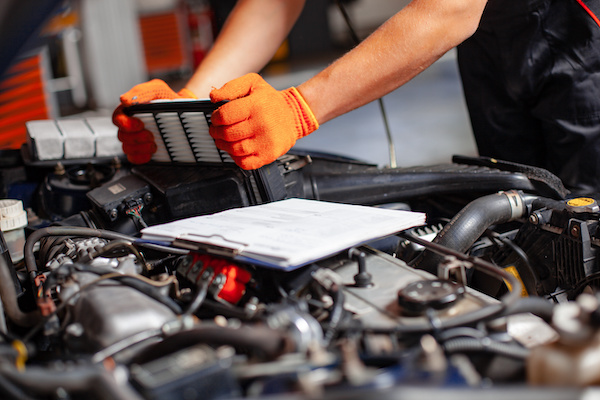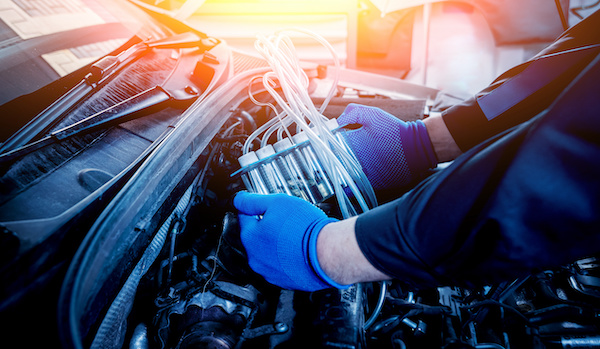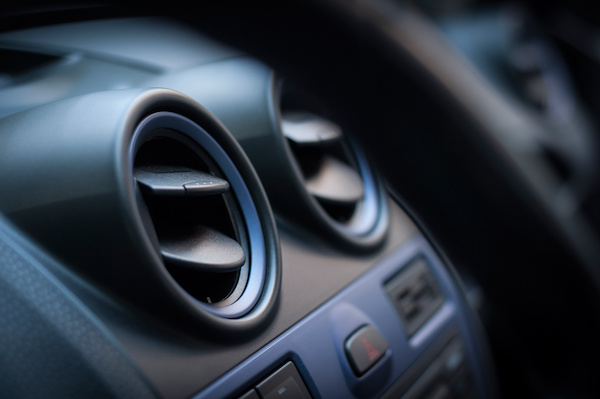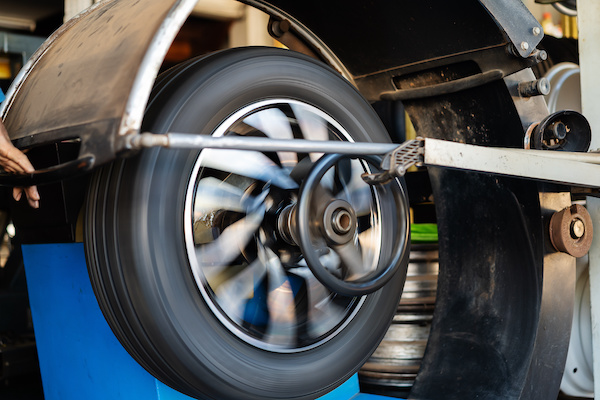Posted on 6/27/2022

Your vehicle is probably one of the most convenient tools that you own. As someone who has used enough tools in their life, I'm sure you have noticed how much a tool's efficiency and life expectancy increases with regular maintenance. Be it a computer, a lawn mower, or even yourself, a little care and maintenance go a long way. This is why manufacturers insist on particular regular services for you to still be qualified for a warranty. Here are some of the benefits of keeping up with recommended services: Prevents costly repairs Regular maintenance is a very good way of preventing costly future repairs. This is partly because costly repairs are a result of a build-up of minute problems. These minute problems are what we hope to achieve with each maintenance. This can be in the form of checking the levels of your oil or transmission fluid. This is to ensure that they are at the advised levels and are running efficiently. A quick look at the car's air conditioning system a ... read more
Posted on 5/26/2022

Making sure your car is running smoothly is a priority for any car owner. Regular car checkups and maintenance routines can avoid the car problems experienced. To prevent car breakdowns always check on the critical components in your car. When these small problems build up in a car, the cost implication is felt by the owner and they may cause more serious damage to the car engine. These problems are at times confused with sensor faults while on the contrary, they are small rectifiable faults. The fuel system is an important feature in a car that has several components that work effectively to make sure the vehicle performs as expected. The fuel pump stores and supplies fuel to the cylinder chamber where it is vaporized mixed with air and burned to produce energy that enables the car to move. The fuel system is made up of the fuel tank, carburetors, fuel injectors, pumps, and oil filters. To ensure the mobility of the vehicle and minimal breakdowns getting the fuel system cleaned up ... read more
Posted on 4/27/2022

It's frustrating and annoying for a car's air conditioner to blow warm air when it's hot outside. You expect the air to be cool so that you can have a comfortable ride. Warm air indicates that your air conditioner has a problem. Besides discomfort, hot air can be dangerous when the temperature becomes uncontrollably high. Here are reasons why your car's A/C feels warm: Leaking Refrigerant A Leak can happen anywhere, and it is difficult for you to detect. It might be a worn-out valve, a loose joint, or even a punctured evaporator. When there is a leakage somewhere in the refrigerant, it becomes difficult for the system to work appropriately. It's recommendable for you to contact an expert to fix the leakage in the refrigerant. The process will help the AC eliminate humidity and heat from the cabin appropriately. A Malfunctioning Compressor A compressor helps to circulate refrigerant and remove heat in the system. When the compressor is not engaging, you'll ... read more
Posted on 3/28/2022

Tire maintenance is crucial for your vehicle overall because a good set of tires is a huge factor for your safety on the road. If you've ever driven in the rain and hydroplaned, you understand that uncertainty that comes along with driving with tires with low tread. It can cause your vehicle to lose control and can make braking or turning difficult. That is why taking care of your tires over time is so important! What are some of the ways that you can better maintain your tires? Well, for starters, tire rotations are an easy way to ensure that each tire wears evenly and at the same speed as the other tires. A tire rotation takes your tires and moves them around, that way they can all wear down the same. This is because, typically, your front tires will wear down quicker than the back ones. This service should be done at every oil change or every 5,000 miles or so. By evening out your tire wear, you'll save money on replacement tires and will be able to replace them all rather ... read more
Posted on 2/28/2022

Your car has thousands of moving parts, so it's not unusual to hear a random noise every now and then, right? While some sounds are not a concern, others may indicate trouble brewing within your vehicle. If you hear any of these five unusual car sounds, you should bring your car to Elite Imports & Auto Repair so our technicians can further investigate. Hissing from the Engine If you hear a sss sound coming from the front end of your car, more often than not, it is an engine problem. A hose may have been corrupted and released pressure, which is why you may hear this sound. Furthermore, it can mean that you have a fluid leak that can ultimately hurt your engine and surrounding components. Please have this inspected as soon as possible to avoid a big problem like engine overheating. Squeaking or Squealing While Braking Brake pads are known to make a high-pitched squealing noise once they've worn down. Most of the time, this is just an audible signal to remind ... read more